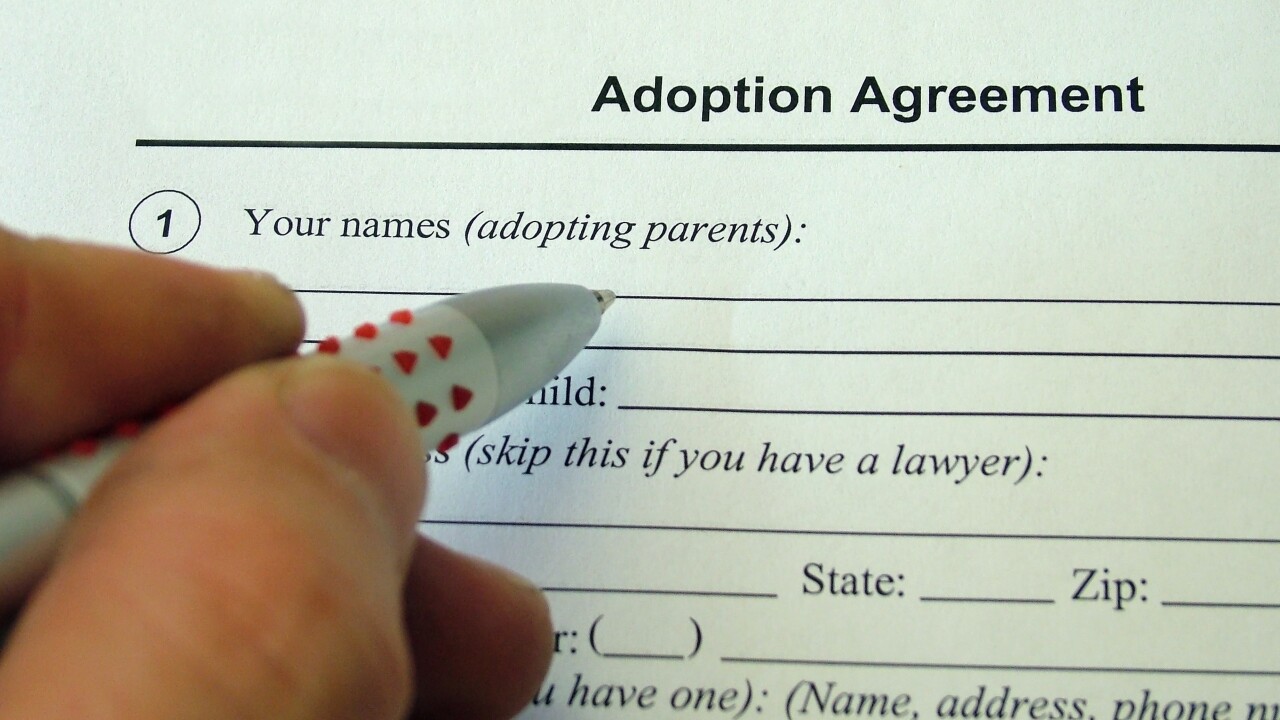States and localities made nearly 400 sales tax rate changes in the first half of this year, a big jump of over 30 percent from the same period last year.
Sales tax technology developer Vertex found 398 sales tax rate changes in the first six months of 2017, a 30.49 percent increase from the 305 changes in the first six months of 2016.
Two of the biggest changes happened in California and New Jersey. Effective Jan.1, 2017, California dropped its sales tax rate from 7.50 to 7.25 percent. The total tax rate in many cities and counties stayed higher than the statewide rate because of local voter-approved district taxes in those areas of California. Also taking effect on Jan. 1, 2017, New Jersey dropped its sales tax rate from 7.00 to 6.875 percent.
Sales tax rates are always changing while new taxes are always being added, Vertex noted. Over the past 10 years, there were 2,361 new sales and use taxes, an average of 224 per year; plus 4,209 sales and use tax changes, an average of 400 a year; adding up to a total of 6,570 new and changed sales and use tax rates, or 625 per year on average.
Puerto Rico now has the highest “state” sales tax rate in the country: 10.50 percent. The commonwealth enacted a value-added tax in 2015, and it was set to take effect last year. But the VAT was delayed and eventually the legislation was repealed. Instead, Puerto Rico will continue with its existing sales and use tax.
In second place are four states—Indiana, Mississippi, Rhode Island and Tennessee—which all have the second highest state sales tax rate at 7.00 percent.
Kodiak, Nome and Wrangell, all of which are in Alaska, and Winter Park, Colo., have the highest city sales tax rate, also pegged at 7.00 percent. Hoonah, Alaska and Selawik, Alaska have the second highest rate of 6.50. Tuba City, Ariz., including the surrounding areas in the To’Nanees’Dizi local government, has the highest combined sales tax rate of 12.90 percent. The unincorporated town is on Navajo lands in Cococino County, Ariz.
On the whole, sales taxes have been trending upward a bit this year on average nationally, though there was mostly consistency since last year with the jurisdictions that had the highest rates.
“The combined national sales tax rates average increased slightly to 9.9778 percent, up from 9.9447 percent in 2016,” said Vertex chief tax officer Peggi Rockefeller in a statement. “Although there was a significant increase in sales tax rate changes from the same time last year, the states and cities with the highest sales tax rates remained the same as in 2016.”






